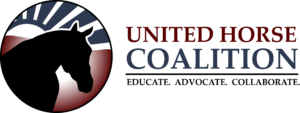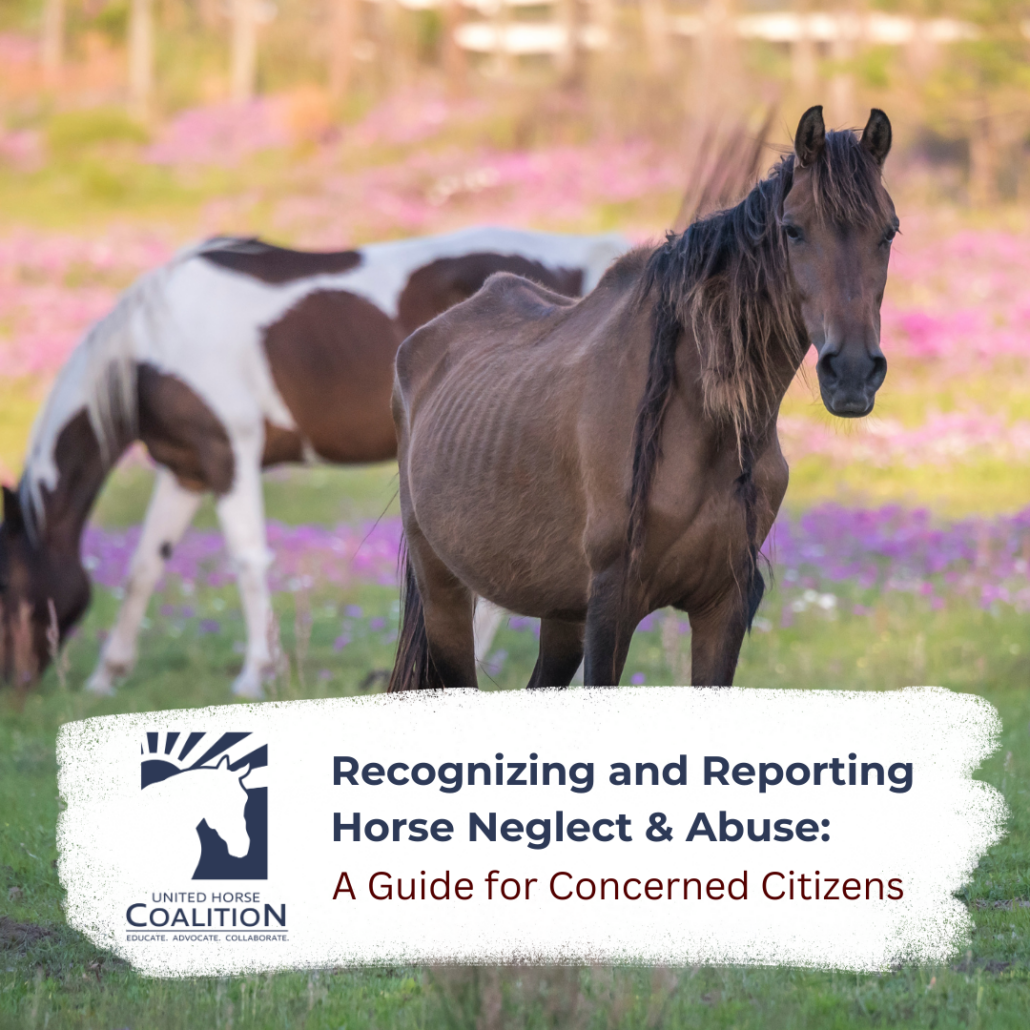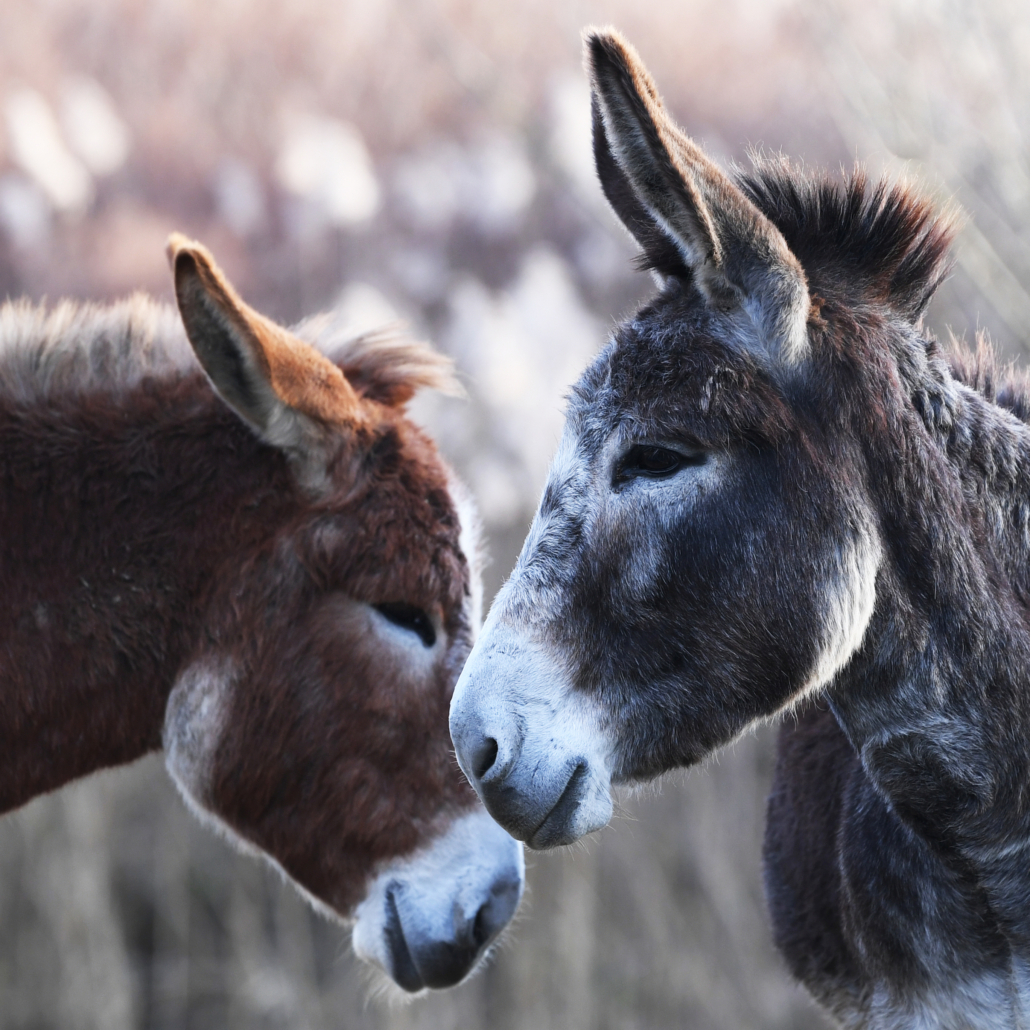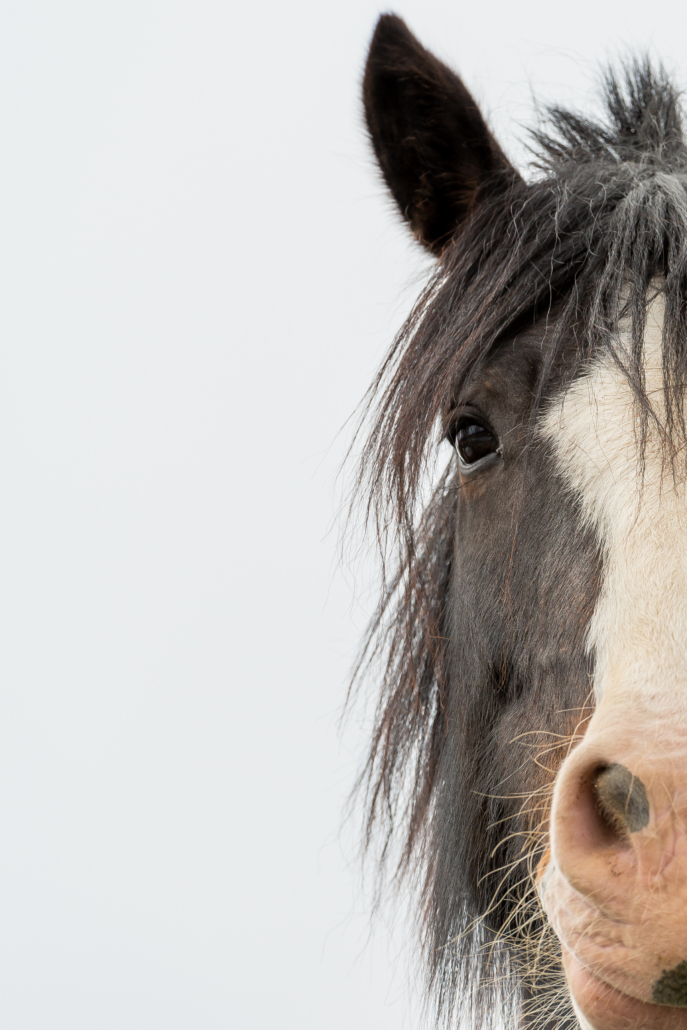Is That Horse in Trouble? How to Recognize and Report Equine Neglect and Abuse
By the United Horse Coalition
Horses are majestic and intelligent animals that depend on humans for proper care and protection. Most horse owners provide excellent care—but sometimes, due to neglect, lack of knowledge, or circumstances beyond their control, horses may suffer. On the other hand, some horse behaviors or management practices can look alarming to someone unfamiliar with equine needs—but are perfectly normal.
If you see a horse in poor condition or questionable circumstances, you may wonder whether to contact animal control or another authority. This guide will help you understand what equine neglect looks like, what behaviors may not indicate a problem, and how to make informed decisions when advocating for a horse’s welfare.
It’s important to distinguish between true signs of neglect or abuse and situations that may simply look unusual to non-horse owners.
When You Should Call Animal Control or Report a Concern
If you believe a horse is being abused or neglected, it’s always best to report your concern. Animal control officers, humane agents, and veterinarians are trained to evaluate these situations. Valid reasons to report include:
Extreme Malnourishment (Visible bones, lack of fat or muscle.)
- Horses with visible ribs, hip bones, and spine may be suffering from long-term malnutrition.
- Note: Some seniors or rescued horses may appear lean temporarily. However, no horse should remain emaciated if receiving proper veterinary, dental, and nutritional care.
- Reference the Henneke Body Condition Score (BCS) to help assess body condition. We have included the chart below to help.
No Access to Food or Clean Water
- No visible hay, grain, or pasture for long periods
- Dry, dirty, or frozen water sources with no alternative
- Horses should have regular access to forage and fresh water.
Untreated Injuries or Illness
- Open wounds, swelling, lameness, eye infections, or respiratory distress
- A horse lying down for long periods, unable to rise, or excessively rolling may indicate colic, a potentially fatal condition.
- Inability to get up.
Severe Hoof Neglect
- Hooves that are cracked, curled, or overgrown to the point the horse struggles to walk
- Horses typically need trimming every 6–8 weeks by a farrier.
Unsafe or Unsanitary Living Conditions
- Horses confined in deep mud, standing waste, or surrounded by sharp objects
- Collapsed shelters, dangerous fencing (barbed wire may be common but is not ideal for equines)
Lack of Shelter in Extreme Weather
- Some regions require shelter by law; others do not. When in doubt, call your local ACO for ordinance guidance.
- Keep in mind: Horses often choose to remain outside even in rain or snow and may enjoy lying in the sun.
When You Should Not Call Animal Control
Not every unfamiliar sight is a case of abuse or neglect. Many equine care choices and behaviors can seem concerning but are actually normal. Reporting these situations unnecessarily may burden local services and cause stress for responsible owners.
Here are some examples where a call to the authorities may not be necessary:
Horses Lying Down or Sleeping
- Horses lie down daily for REM sleep—it’s a natural and necessary behavior.
- If the horse gets up and moves normally, this is not a concern.
A Horse Without a Blanket in Winter
- Most horses grow thick winter coats that insulate better than blankets.
- Over-blanketing can actually make them colder by compressing their natural insulation.
Lean Breeds or Older Horses
- Breeds like Thoroughbreds and Arabians often appear leaner.
- Senior horses may show muscle loss or a leaner build due to age, but they should not appear skinny.
- With proper dental care, regular veterinary attention, and an age-appropriate diet, older horses can—and should—maintain a healthy body weight (AAEP Senior Horse Care Guidelines).
Eating Dirt, Wood, or Manure
- Some horses exhibit behaviors like cribbing, geophagia (eating dirt), or coprophagia (nibbling manure) due to boredom or mineral imbalances. This does not necessarily mean the horses is being neglected. (AQHA Why does my horse eat wood?)
Wearing Fly Masks, Sheets, or Boots
- Fly masks, fly sheets, and leg wraps are used in warm months to protect horses from insects.
- These mesh coverings are safe, allow the horse to see, and are signs of attentive care.
Still Not Sure? Here’s What to Do
- Observe – Is this a one-time thing, or does the issue persist over days or weeks?
- Document (if legal) – Take photos or notes in case the situation worsens.
- Talk to the Owner – If it’s safe, a respectful conversation may reveal that the horse is under care, recovering, or that the owner may need support.
- Reach Out to a Rescue or Equine Professional – They can often evaluate and guide you without triggering unnecessary investigations.
